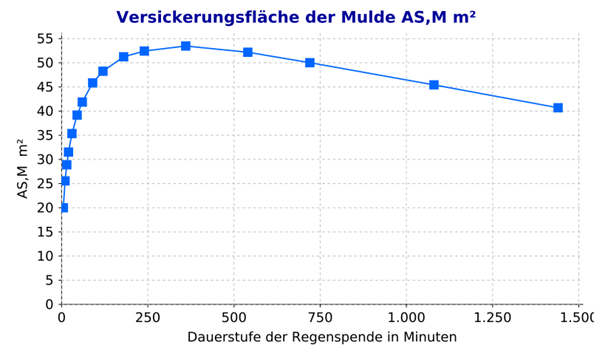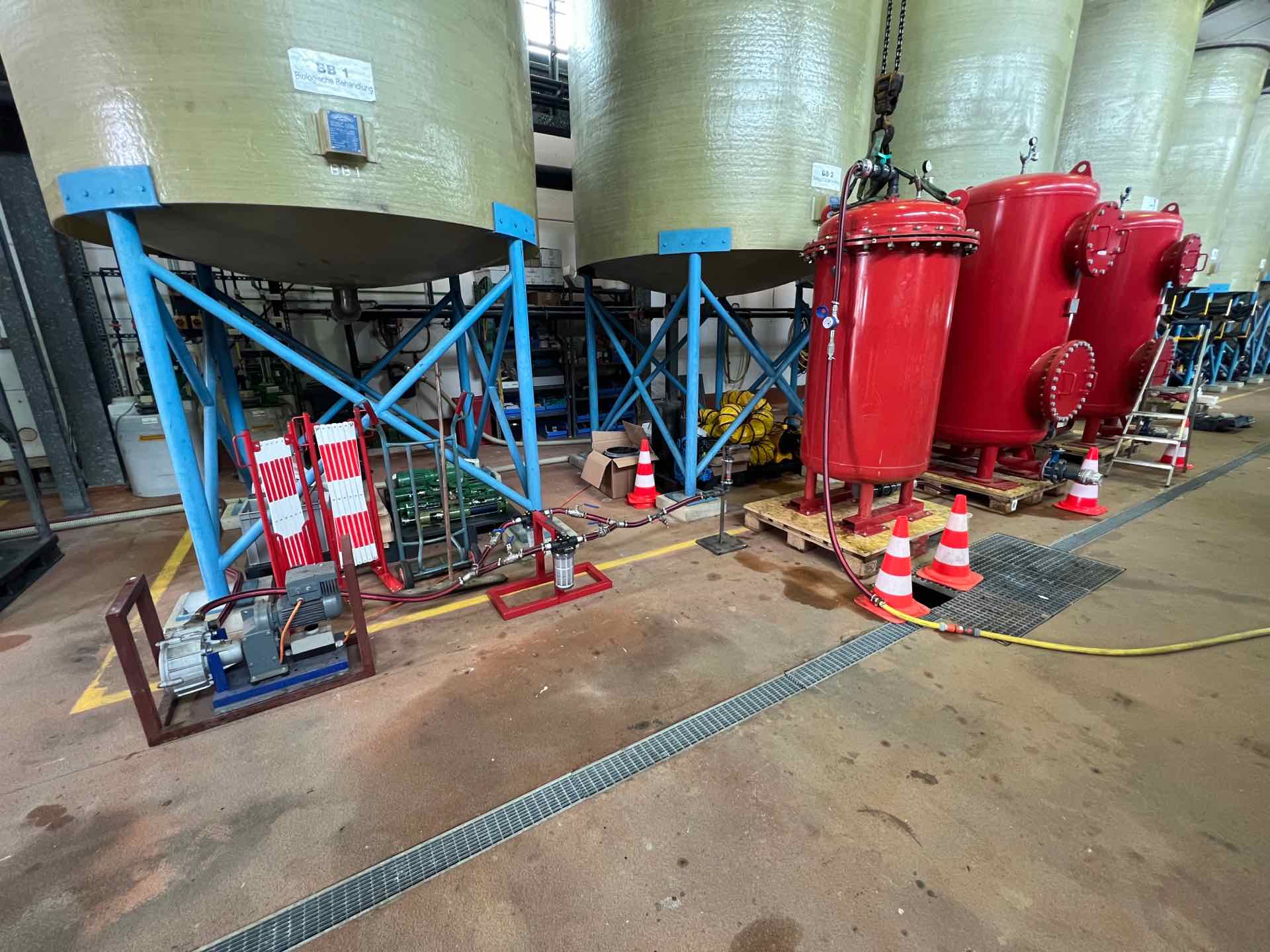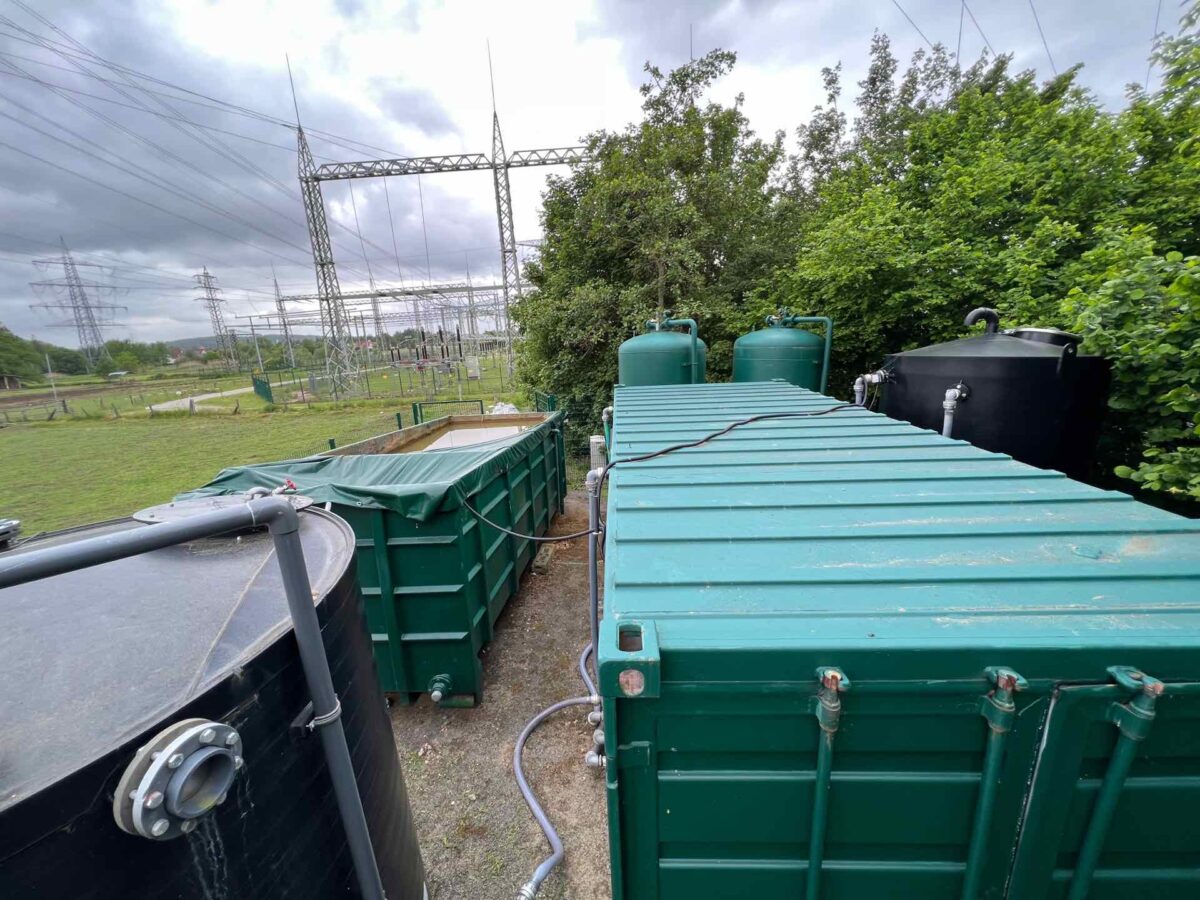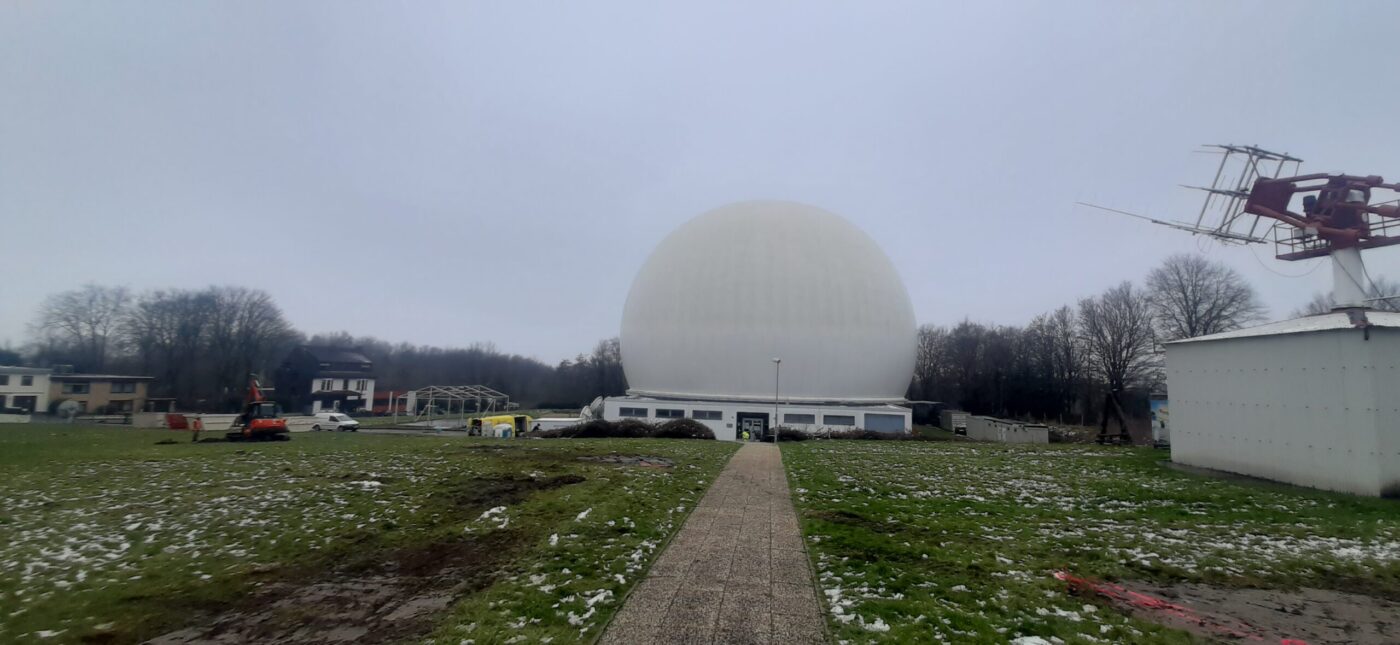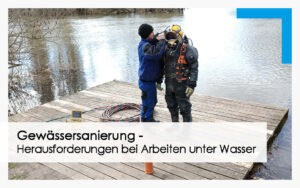
With the help of a diver, undisturbed sediment samples were taken from a body of water, which were used by Mull und Partner Ingenieurgesellschaft for the planning of a water restoration project.
When planning watercourse remediation, the site conditions, sediment composition, waste management and nature conservation issues must all be taken into account. For sludge removal, it is essential to estimate the masses to be disposed of and their waste categorisation, as these make up the largest proportion of the total costs. As the density and volume of the underwater sediment must be determined, these measurements pose a particular challenge during the planning work.
The volume is usually determined by the surface area of the watercourse and the sediment thickness. To determine the sediment thickness, depending on the size of the watercourse, a corresponding number of cross-sections are laid through the watercourse. Measurements are taken metre by metre along the profiles using two dipsticks in relation to the water's upper edge. One dipstick is fitted with a grid to determine the upper edge of the sediment. The other dipstick is pointed, as the thickness down to the solid subsoil is usually to be determined. The difference between the two measurements gives the sediment thickness. To calculate the cubature, depending on the shape of the watercourse, average values of the thicknesses are then formed and multiplied by the watercourse area, interpolated models (e.g. Surfer) are created or calculations are carried out using drawing programmes (e.g. AutoCAD) based on the cross-sections.
As on land, undisturbed sampling is required to determine density, which can be carried out by divers, for example. The diver is guided by radio from land to the desired point and pushes a sampling device with a defined volume into the sediment until it is completely flush with the top edge of the sediment. The sample is sealed while still under water so that the in situ storage density and water content of the sediment can then be determined in the laboratory. The previously calculated sediment cubage is used to estimate the tonnage to be disposed of and the costs for the measure.
Find out more about our work and projects and follow us: ![]()
![]()
![]()
![]()
1TP5Waste and partners 1TP5Water remediation 1TP5Environmental protection 1TP5Clean water

